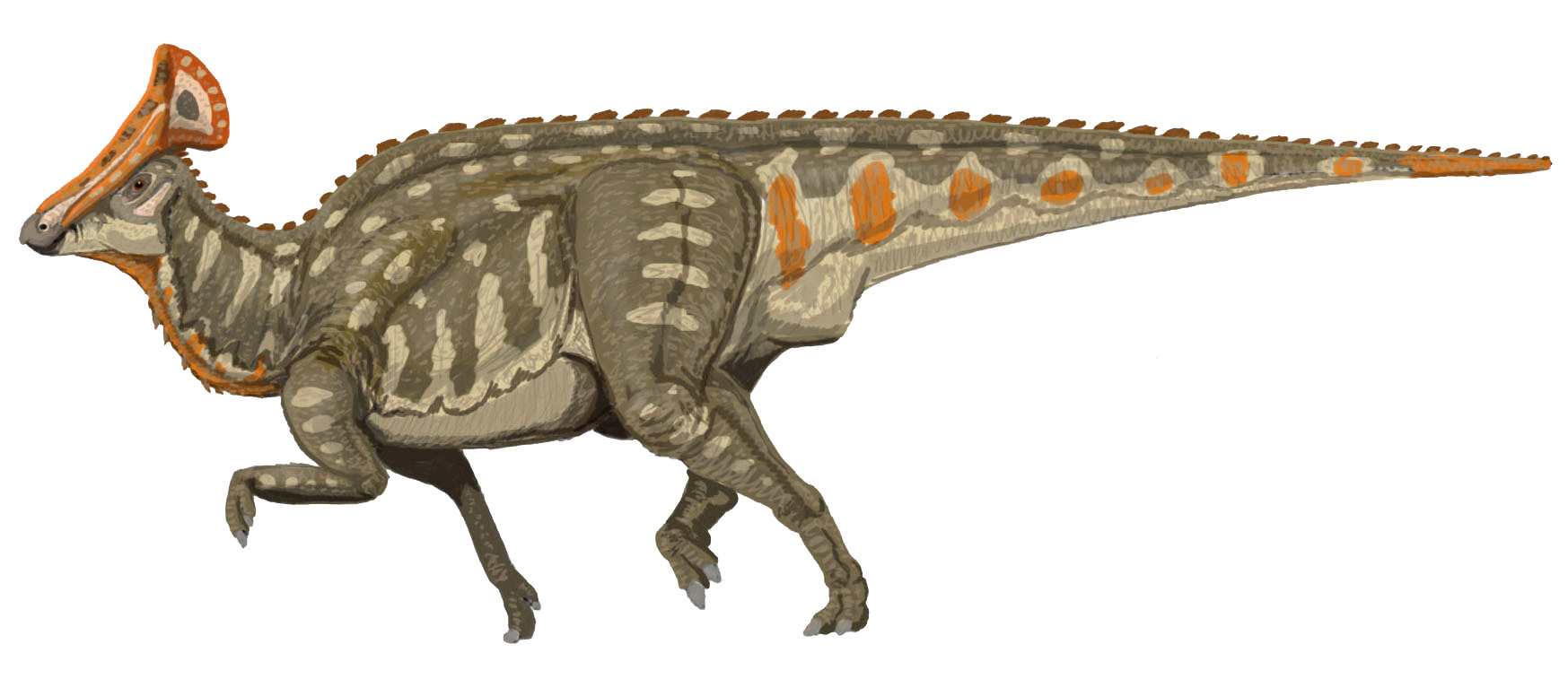Today I bring you something peculiar. Meet Tupilakosaurus. It is an amphibian that dominated western Laurasia in early Triassic, as the biosphere struggled to recover after the Permian extinction.
Tupilakosaurus was a small - just under a meter long - creature, with a long, powerful tail, short limbs and (apparently) external gills, like those of an axolotl. These fine animals lived in rivers without going ashore and hunted small fish or other amphibians.
Tupilakosaurus is a curiosity due to its particular circular vertebrae (pictured below), which is uncommon for their kind of amphibians. Indeed, when first discovered they were originally believed to be fish, and later to be ancestors to Ichthyosaurs.

Despite their short existence, Tupilakosaurus had quite a sizeable habitat, ranging from modern day Greenland to western Russia, such as Vladimir oblast, Nizhny Novgorod region, and all the way to Arkhangelsk and Vyatka. It would take later amphibians millions of years to carve the same range.

